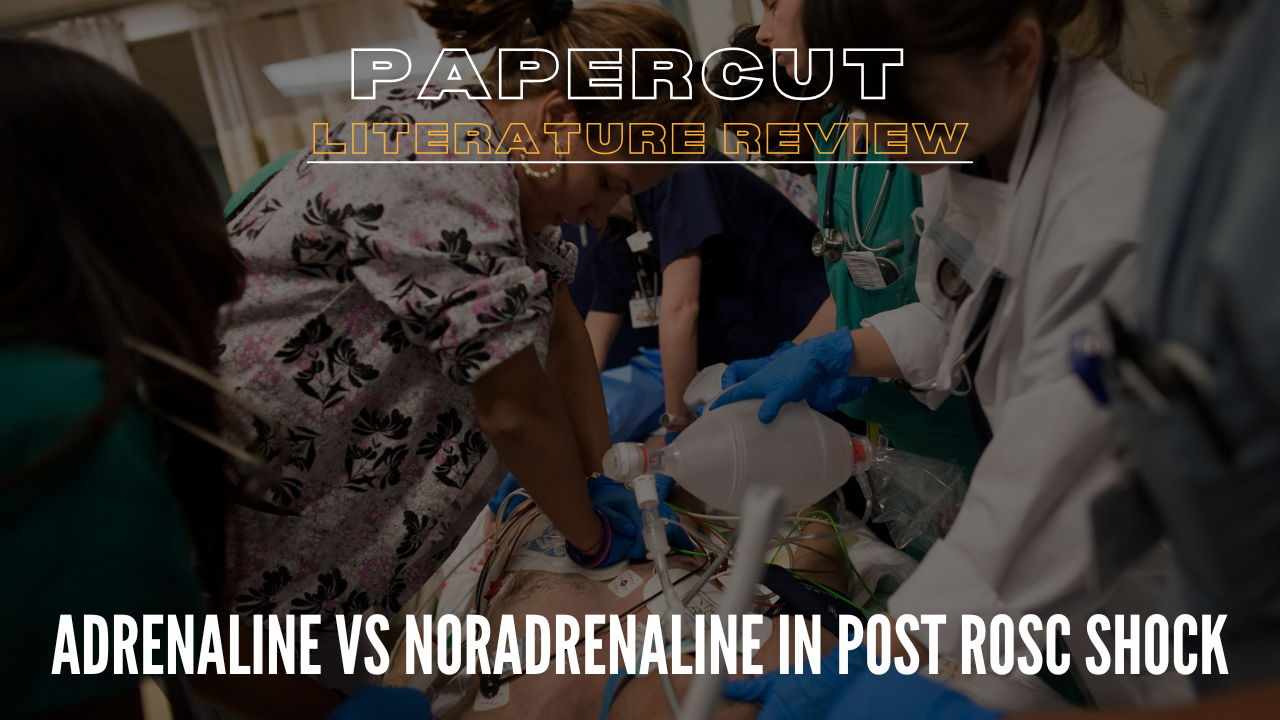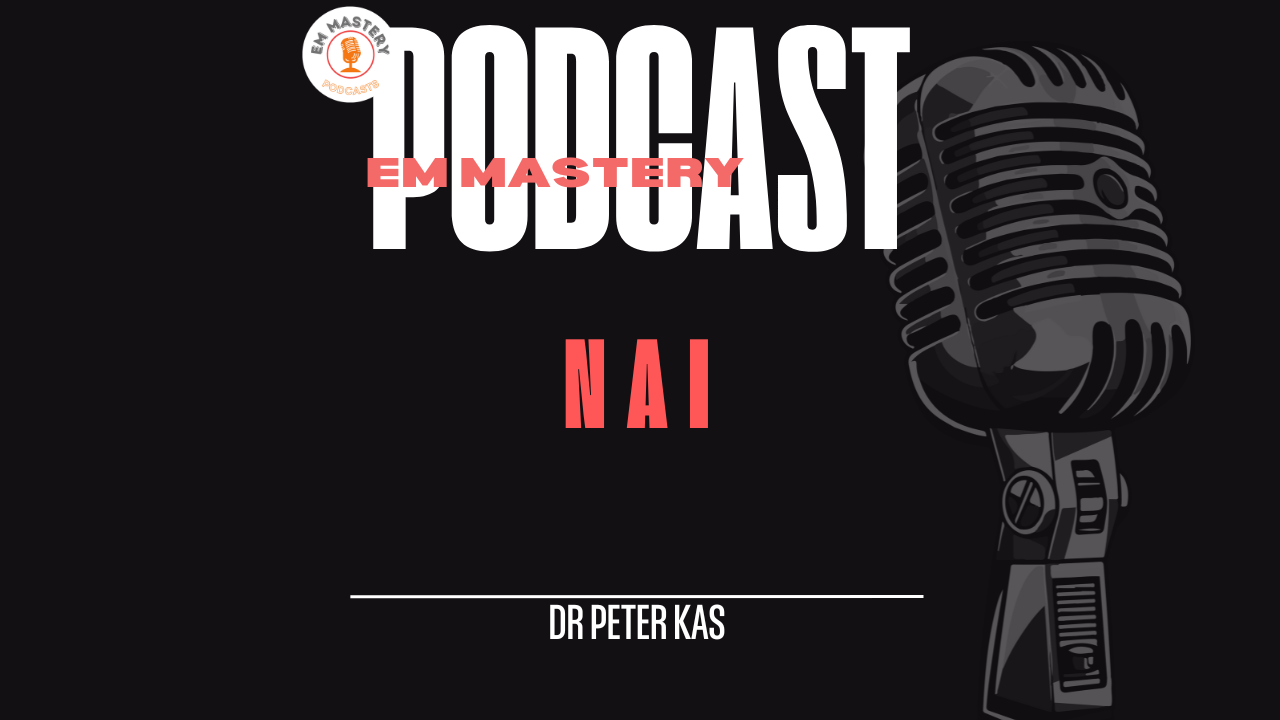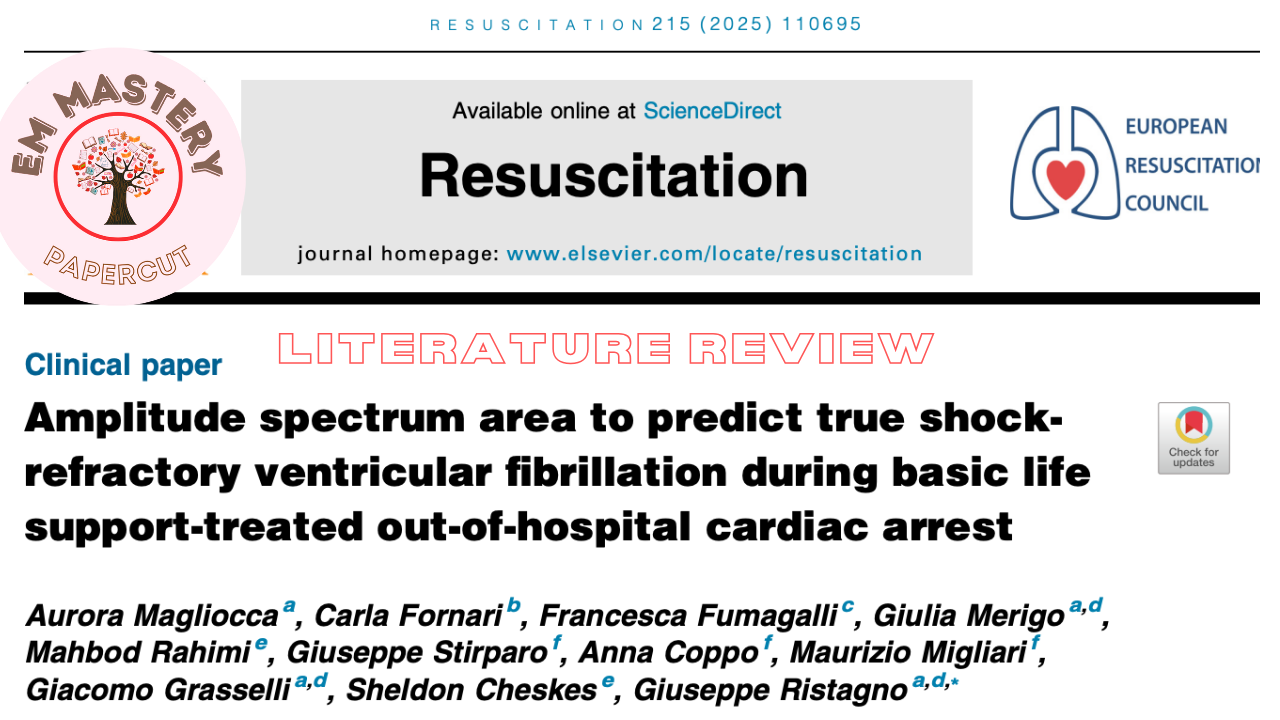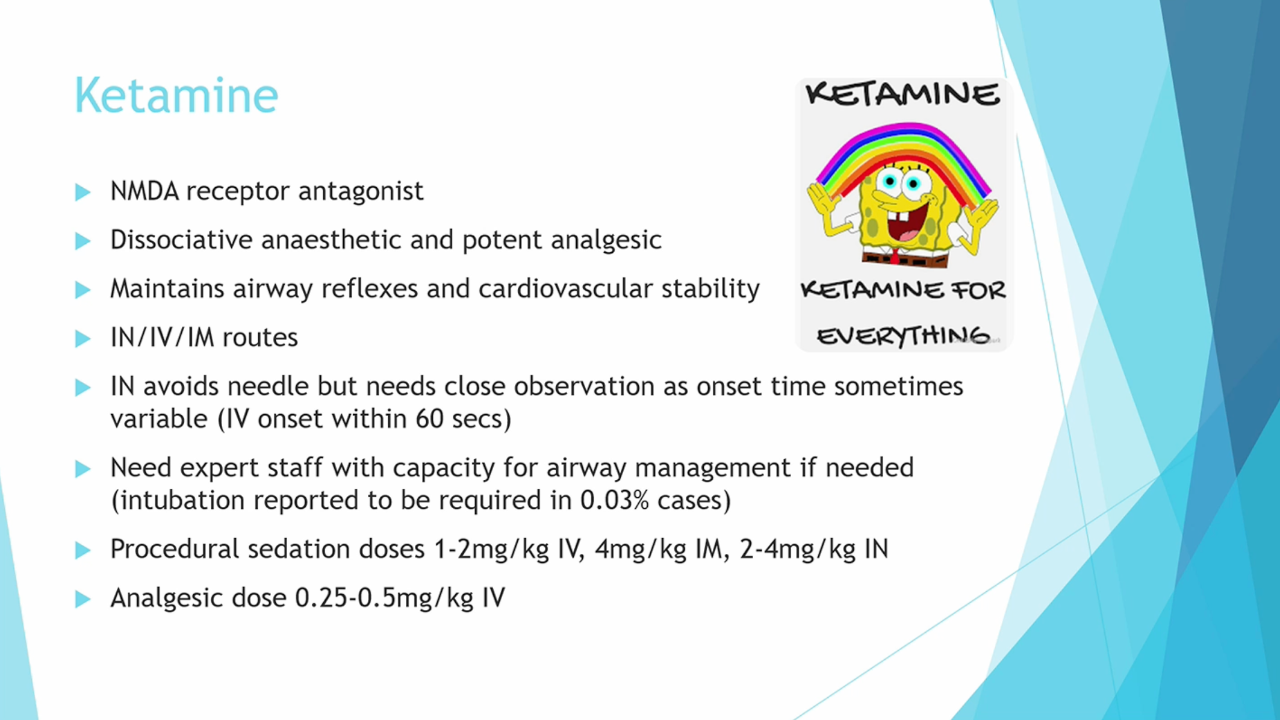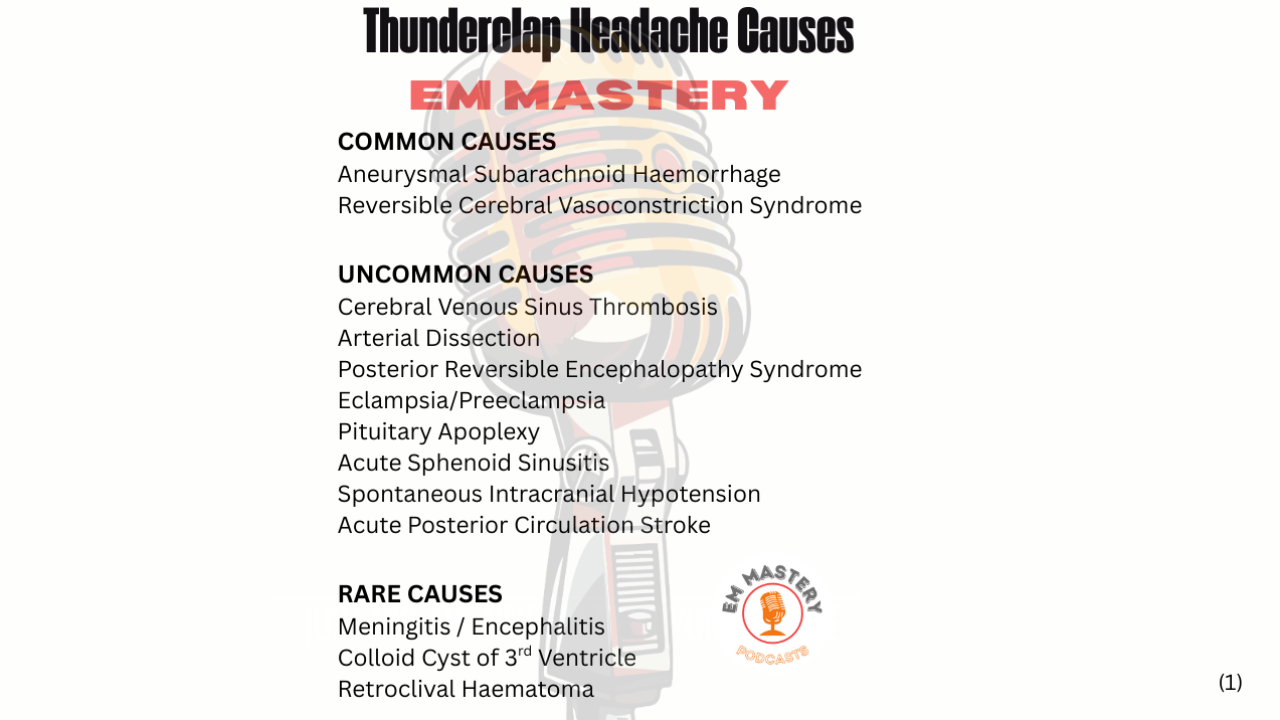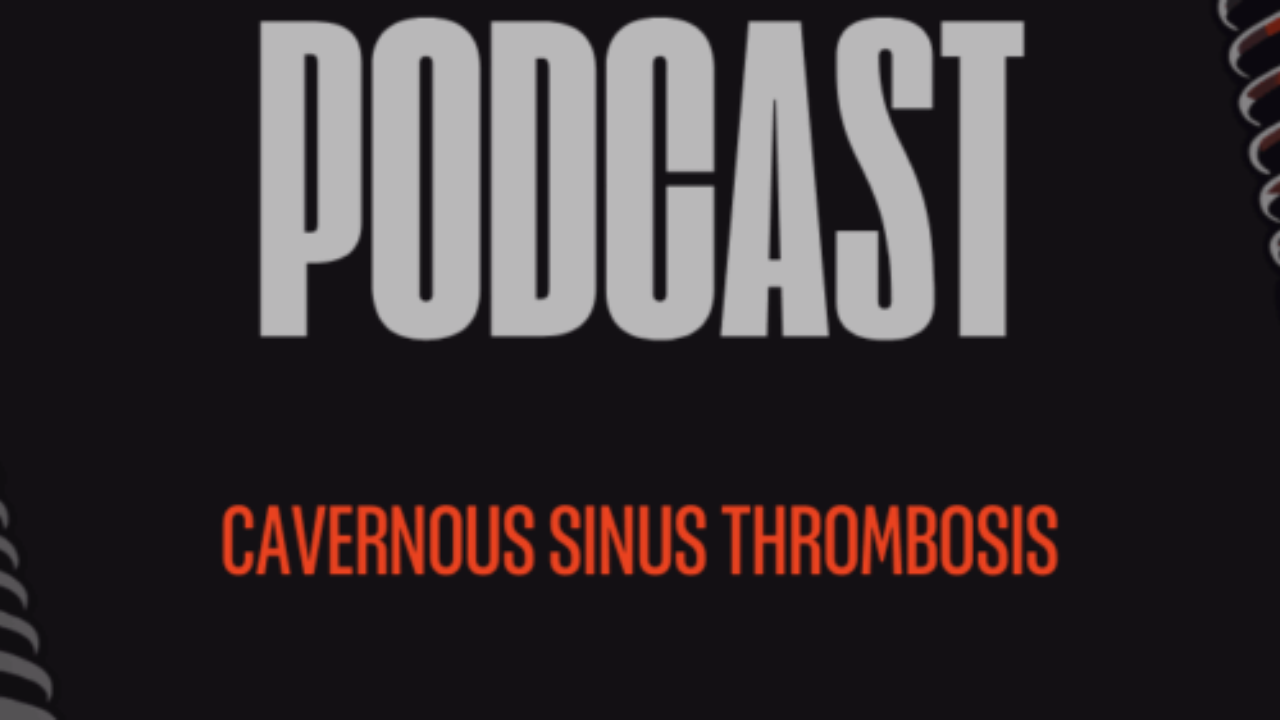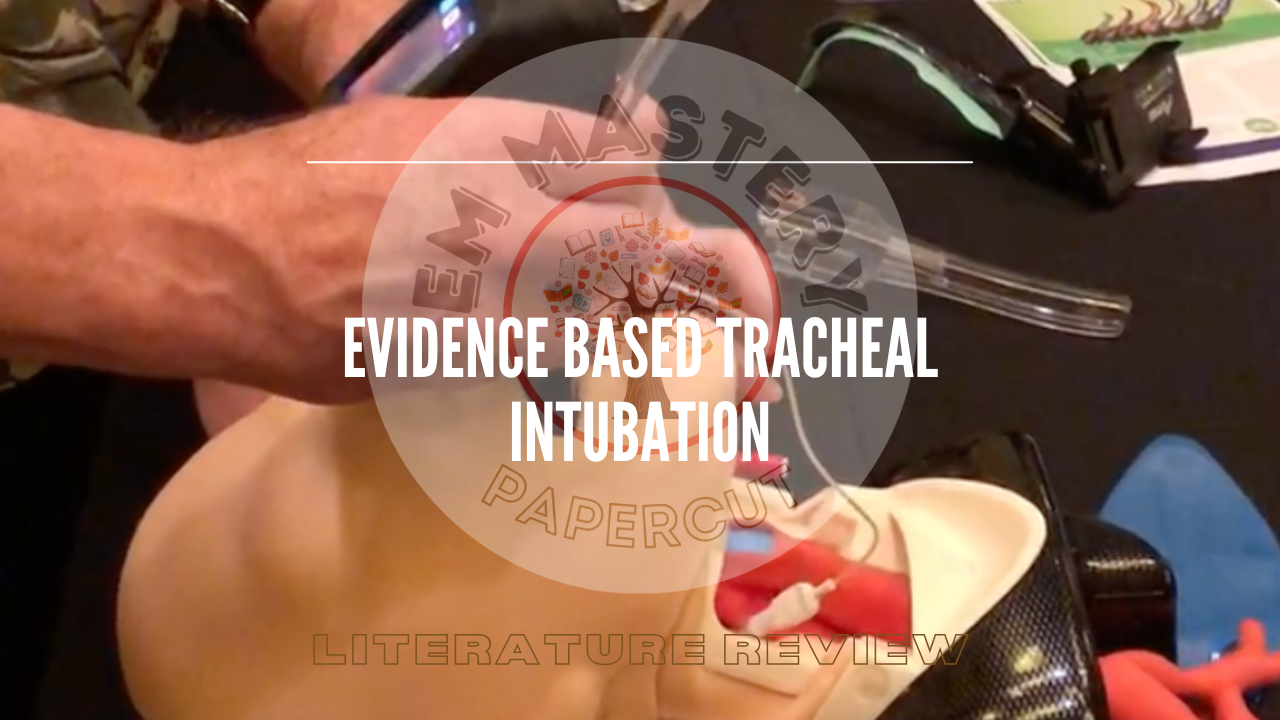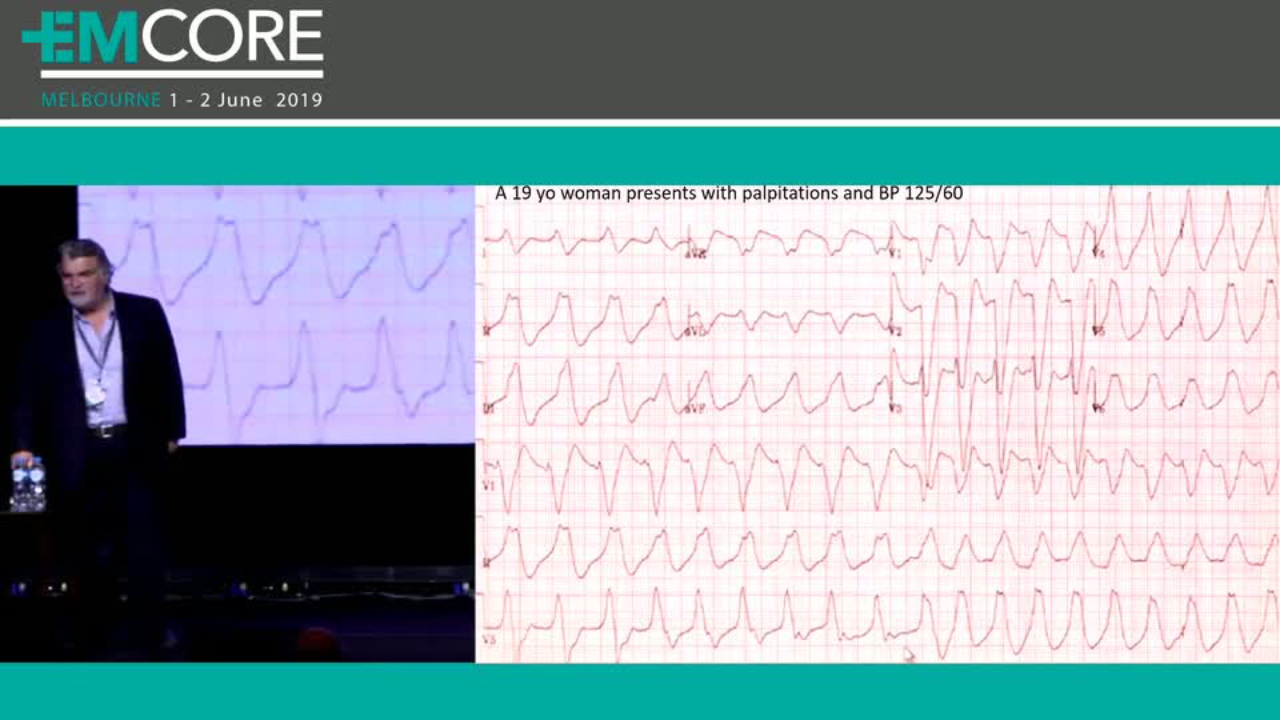
A Case of Electrical VT Storm
Mar 29, 2024The CASE
A 58 yo patient has called the ambulance, as he is having palpitations and is feeling unwell. He has a past medical history of ischaemic heart disease with two coronary stents placed 10 years earlier. He has a kidney transplant and also has significant vascular issues, with a recent forefoot amputation.
On ambulance arrival, he is conscious, but feels unwell. He is having multiple short runs of ventricular tachycardia(VT). They are self limiting and he never loses consciousness. However they are progressively becoming more frequent and longer in duration. Paramedics give a bolus of 150 mg of Amiodarone, following which the patient’s blood pressure drops. As per their protocols they commence an Adrenaline infusion. The blood pressure improves, however the episodes of VT are now becoming more prolonged. DC Cardioversion is attempted, but is unsuccessful. A further 150mg of Amiodarone is given. What would you do?
On arrival to the emergency department the patient is having intermittent runs of VT. His rate is about 130 bpm and he has a BP of 110/76
The original ambulance ECG is shown. This is not an easy ECG to decipher and the narrow complexes in V6 of the first trace can be confusing as they look narrow. Take a look, what do you think?



he ECG trace shows a wide complex tachycardia with a right bundle branch morphology. In the first tracing, the complexes in V6 appear narrow. However when we map out the QRS (aVR is the simplest lead to do this in), we see a wide QRS and what we are seeing in V6 is wider than initially thought. There is also a capture beat in V3 and a dominant R wave in aVR. When the patient is in sinus rhythm there are some ischaemic looking changes such as T wave inversion in aVL and some peaked T waves. There is no prolonged QT. The diagnosis is VT and with repeated episodes not responding to treatment, the diagnosis is….. VT Electrical Storm.
The first thing to do, is ensure that any catecholaminergic sources such as the Adrenaline infusion are ceased. The Paramedics had ceased this on arrival to the emergency department. The second thing to check was the Potassium. The K+ was 3.6mmol/l, so we gave a further 10 mmol of KCL. The number and duration of VT episodes gradually began to slow down, most probably as a result of ceasing Adrenaline. Given the previous history of a myocardial infarction and two stents, we commenced an Amiodarone infusion rather than giving a beta blocker(read below or listen as to why this is relevant in structurally abnormal hearts). The number of episodes of VT continued to decrease and within 15-20 minutes, the patient was in sinus rhythm.
Definition of Electrical Storm
There is no real consensus on a definition, however the generally accepted definition is two or more episodes of haemodynamically significant ventricular Tachycarrhythmia in a 24 hour period.
Aetiology
The mechanism is not really understood, however the aetiology in decreasing order of occurrence is:
- Increased Sympathetic Tone ( This can be caused by ischaemia, surgery etc.)
- Ischaemia
- Electrolyte Imbalance (Potassium or Magnesium)
- Genetic Abnormalities (Brugada, Long QT Syndrome(LQTS), Early Repolarisation Syndrome(ERS))
- Iatrogenic ( Due to implanted Cardioverter/defibrillator
- Endocrine (Thyroid disease, phaeochromocytoma)
Treatment
The mainstay of treatment is:
- Sympathetic Tone Inhibition
- Beta blockers
- Antiarrhythmics
- Class I: Procainaimide, Lignocaine
- Class II: Beta Blockers
- Class III: Amiodarone
- Class IV: Non-dihydropyridine calcium channel blockers
Which of these do we use? Sympathetic Blockade has been associated with statistically significant improvement in mortality at one week. Antiarrhythmics such as Amiodarone can result in negative inotropic effects and can make the arrhythmia worst. Are there particular circumstances where one treatment approach is better than the other?
Most cases of electrical storm are the result of either increased adrenergic tone or ischaemia and a beta blocker can work for both. However, one size does not fit all. VT due to increased sympathetic tone responds to a beta blocker, however, VT due to Brugada or ERS can be made worst by decreasing sympathetic tone. Isoprenaline is the treatment used as it increases the heart rate (See diagram below)
The practical problem we face, is that in the initial presentation of patients with ventricular arrhythmias, it may not be obvious that they are in electrical storm and Amiodarone will have been given, as per resuscitation guidelines. The treatment of patients in electrical storm with structurally normal hearts, differs from that in patients whose hearts are structurally abnormal. We don’t often have that information on patient presentation. Let’s look at an approach.
Monomorhic VT in Structurally Normal vs Abnormal Hearts
Most patients with monomorphic VT Storm will have a structurally abnormal heart, which is usually due to previous myocardial infarction resulting in myocardial scarring. Most of the VT results from re-entry around areas of scarred myocardium. Class I antiarrhythmics in patients with structurally abnormal hearts can be harmful if patients have a reduction in left ventricular function. Amiodarone should be used here.

Idiopathic VT occurs in structurally normal hearts. This usually arises from an outflow tract and is characterised by left bundle branch morphology and an inferior axis. It is usually associated with increased intracellular Ca2+ levels and can be suppressed by the use of beta blockers.
In most cases we will not know if the heart is structurally normal or not, although previous cardiac history, or current chest pain, gives us clues. It may be appropriate to assume the heart is abnormal, (given that this is the most common cause of monomorphic VT) and treat with Amiodarone (150-300mg IV). Mono therapy may not work anyway, so a beta blocker may need to be added. Propranolol appears to work well, however Esmolol may also be used (500mcg/kg ie 35-40mg IV push followed by an infusion of 50mcg/kg/min)
Polymorphic VT
Polymorphic VT/VF, where there is no long QT, is probably due to acute myocardial ischaemia. Amiodarone is the drug of choice for these patients. It has been shown to result in better short term survival in shock-refractory VT/VF, than lignocaine. Amiodarone is not used in patients with a long QT as it prolongs QT. It can however be used in patients with polymorphic VT with a normal QT interval.
If there is a Congenital LQTS, this responds to a beta blocker. Acquired long QT or Brugada, or ERS responds to Isoprenaline.
A Treatment Approach ( See the diagram below)
- Remove any factors that increase adrenergic drive:
- Adrenaline
- QT prolonging drugs, in polymorphic VT, known Brugada, Acquired Long QT or ERS.
- Correct any electrolytes, Potassium and Magnesium being the most important
- Monomorphic VT: Assume there is a structurally abnormal heart especially if the patient has a history of myocardial infarction and give Amiodarone.
- If it is a structurally normal heart ie., VT has a LBBB with inferior axis morphology we can try a beta blocker first
- In many cases mono therapy will not work and both medications may need to be used.
- Polymorphic VT: This is usually ischaemia related and we can treat with Amiodarone, unless there is a LQTS, Brugada, or ERS
- Congenital Long QT will respond to beta blockers
- Acquired Long QT, Brugada or ERS will respond to Isoprenaline and electrolyte correction
- If all these measures don’t work, the patient may need ablation, overdrive pacing or ECMO and even double sequential defibrillation can be attempted.

References
- Hsieh J C et al. Current Management of Electrical Storm. Acra Cardiol Sin 2011;27:1-6
- Maruyama m. Management of electrical Storm: The mechanism matters. J of Arrhyth, 2014;30:242-249
- Hauer R,N. et al. Impact of new electrocardiographic criteria in arrhythmogenic cardiomyopathy. Fronteirs in Physiology. September 2012. Vol 3; 352: 1-7
Join Our Free email updates
Get breaking news articles right in your inbox. Never miss a new article.
We hate SPAM. We will never sell your information, for any reason.


